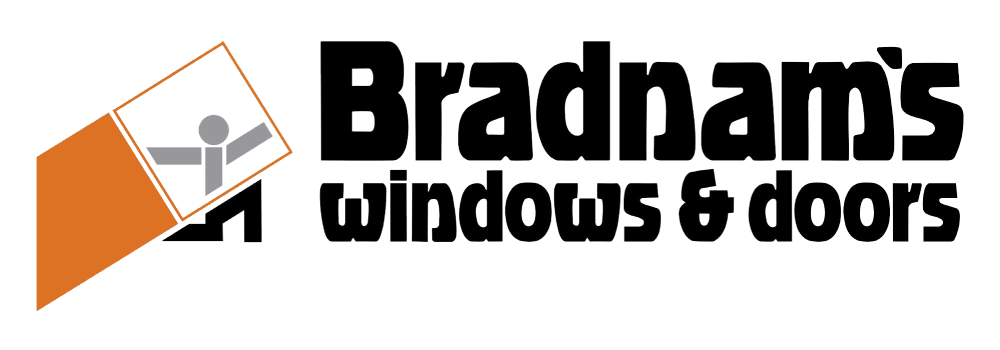Bradnam’s Windows & Doors is a leading designer, manufacturer and supplier of doors, windows, screens, splashbacks, and mirrors. Based predominantly along the eastern seaboard, Bradnam’s has gained the reputation for excellence in product innovation, reliability, and outstanding customer service. The business, established in 1977, has grown and evolved significantly over the years with more than 1,000 staff now working in the company.
During this time, Bradnam’s have gone through several iterations of safety management systems. Having initially taken a siloed approach to safety, in 2010 Bradnam’s began the process of centralising all safety management. This involved an admin heavy paper-based system which proved effective for a brief period. However, as the business continued to grow and technology evolved, in 2015 the Bradnam’s team decided to automate safety management processes to relieve the increasing administrative burden.
Replacing paper with configurable, easy to use, safety management platform, SCRIM Chris Jessen, Group Safety Manager, along with Graeme Snell (the Group Safety Manager at the time) and the team conducted a thorough assessment of five safety management platforms, before narrowing the field to two options, one of which was SCRIM.
“Our decision came down to the configuration being offered. SCRIM offered so much more in terms of the ability to configure processes and workflows to suit the business, instead of needing us to adapt to meet the platform functionality. This was very attractive as it meant we could maintain a Bradnam’s focus, presence and culture by moulding the system to suit us,” says Chris.
However, introducing any new system can raise concerns and for Bradnam’s it was no different, particularly from a workshop floor perspective. For Chris, the main concern centred on a language barrier impacting the user experience due to having a number of staff for whom English was their second language. This concern was assuaged when Chris was provided with access and training for the SCRIM worker portal.
“The SCRIM portal was so intuitive and easy to use, I quickly realised that language wasn’t going to be an issue. Once you learned how to use one page, inputting a hazard for example, you would be able to use any of the pages, it had a universal and logical format. I told the staff, if you are savvy enough to have a Facebook page, you are savvy enough to use SCRIM,” notes Chris.
The complete implementation process took approximately 18 months from configuration to completion. This included rolling out training to all areas of the business from the leadership to the workshop floor. Chris recalls the process being a smooth and easy one, with training provided by the SCRIM team at top level and then continued internally. The benefits of SCRIM were evident almost immediately, even whilst staff were in the training and adoption phase.


